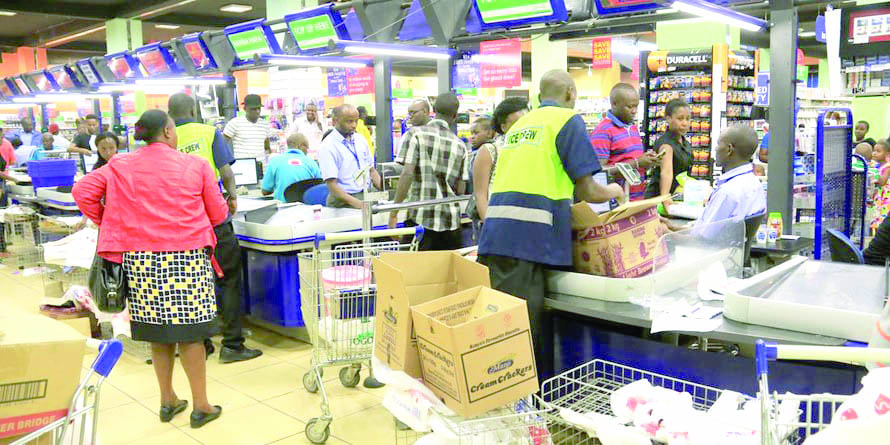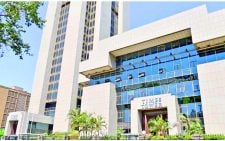Private sector hit hard by weak consumer demand

Private sector activity fell in September as both the manufacturing and services sectors slowed, with inflation and rising fuel bills leading to a drop in consumer demand and dampening the outlook, a new survey shows.
Stanbic Bank Kenya Purchasing Managers’ Index (PMI) fell to 47.8 in the month under review from 50.6 in August. Readings above 50 signal growth and those below a contraction. Last month’s PMI reading had been hoped would reflect August’s impressive numbers which went above 50 points for the first time since January to hit 50.6 points up from 45.5 in July this year.
It read 52 points in January before consistently dropping in subsequent months, with the latest contraction, signalling a concerning disengagement.
After deteriorating at the sharpest rate in almost a year in July, output levels recovered slightly in August. Surveyed companies often noted that greater political stability had helped to boost demand and lead to higher activity, especially in the services and manufacturing sectors where growth resumed.
Political demonstrations
Similarly, inflows of new work expanded over the course of August, bringing to an end a six-month sequence of decline.
Declines in output and sales followed fractional rises in August which were largely driven by reduced political demonstrations.
But last month’s reading, pushed to the wall by fuel price jumps saw businesses respond by reducing their output levels solidly during the month, and made cuts to both employment and inventories for the first time in seven months.
“The decline in momentum is attributed to pump prices having been increased by the Energy and Petroleum Regulatory Authority (Epra) by an average of Sh23.80, and cost-of-living pressures arising from increased taxation as well as likely further tax increases, per the newly released medium-term revenue strategy,” said Christopher Legilisho, Economist at Standard Bank. Further adding that rising interest rates have been weighing on consumer demand, business levels, and expectations.
On September, 15, Kenyans woke up to a brutal price increase by Epra, which pushed upwards the prices of fuel products in its September – October 2023 review –, eventually crossing the Sh200 mark for the first time in the country’s history.
The review saw the price of super petrol go up by Sh16.96 a litre to retail at Sh211.64 in Nairobi and its environs, diesel will now be retailing at Sh200.9 per litre, while kerosene is presently selling at Sh202.6 per litre.
Prices of diesel and kerosene also rose by Sh21.32 per litre and Sh33.13 per litre respectively, with further adjustments expected mid-this month. Meanwhile, Kenya’s inflation rate remained broadly unchanged at 6.8 per cent in September compared with 6.7 per cent in August, according to the Kenya National Bureau of Statistics (KNBS). Food inflation rose to 7.9 per cent in September from 7.5 per cent in August, largely on account of increases in the prices of a few vegetables, particularly onions, Irish potatoes and spinach, according to the statistics office.
Kenya’s new tax package for instance, a host of which were back-dated to July 1, has also contributed to the loosening of the local labour market, with employers in many sectors like auto and manufacturing industry confronting a tight equilibrium for the first time in decades.
So much so that the bargaining power of business owners seeking loans has been hugely hampered if the latest data from the Central Bank of Kenya (CBK) is anything to go by.
Rising interest rates
Central Bank data indicates that the stock of non-performing loans (NPLs) in Kenya surged to a 16-year high of 15 per cent in August, up from 14.5 per cent in July – translating to more than Sh596 billion.
Meaning, that Kenyan borrowers are defaulting on loans as rising interest rates take a toll on the country’s banking sector loan book, in what could see a sharp rise in asset auctions and property seizures as lenders move to recover bad loans.
An increase in loan defaults has been observed in manufacturing, mining and quarrying, real estate and building and construction among other key sectors.











